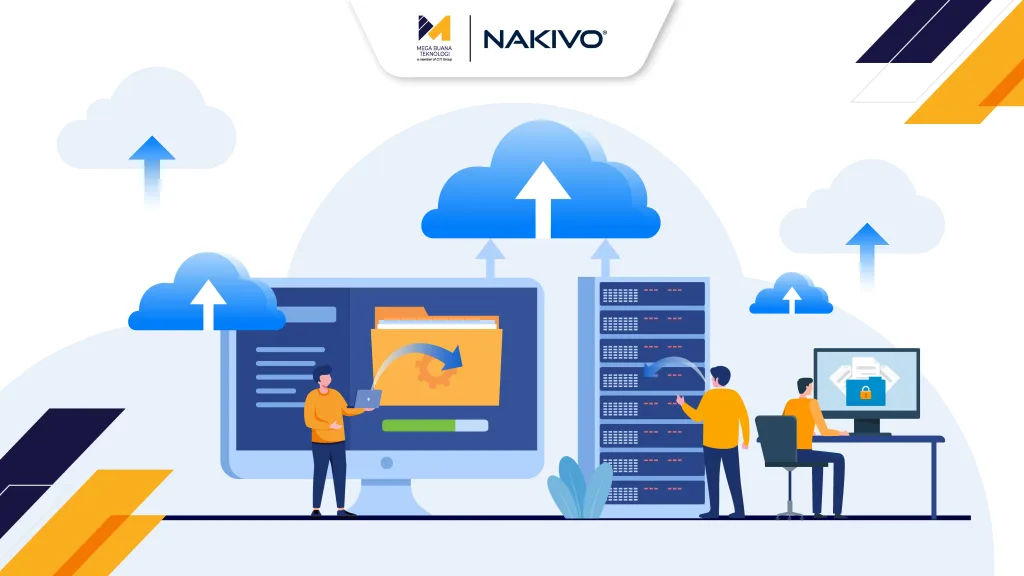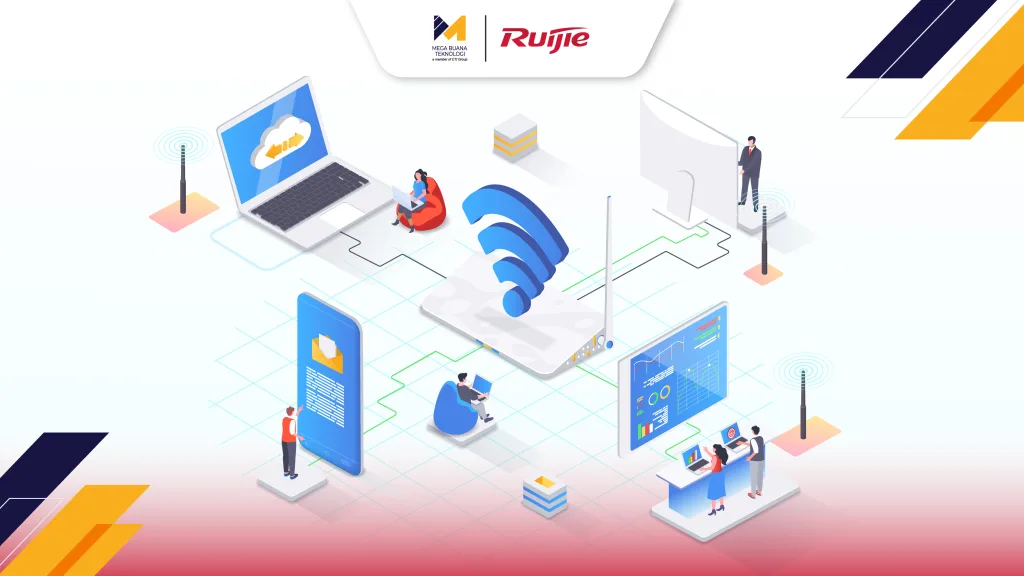The recent fire at South Korea’s national data center served as a stark reminder of how fragile our digital foundations can be.
The incident at the National Information Resources Service (NIRS) in Daejeon resulted in the loss of more than 850 terabytes of government data, from administrative documents to essential digital archives, many of which had no backup copies. Thousands of public services were paralyzed, and recovery efforts moved painfully slow.
This disaster highlights one undeniable truth: no matter how advanced your digital infrastructure is, it’s meaningless without a solid data protection strategy.
So, the real question becomes, how can organizations ensure their data stay safe when the unexpected happens?
Let’s explore why data backup is an essential pillar of digital resilience and how it can prevent your business from losing everything when disaster strikes.
Why Data Backup Matters
The NIRS incident showed that data loss isn’t just a technical problem; it can cripple operations and erode public trust.
Data backup plays a vital role in preventing such outcomes.
It creates copies of your critical data, whether stored on servers, in the cloud, or on physical devices, to safeguard against hardware failure, human error, cyberattacks, or natural disasters.
Think of backup as your digital insurance policy. It can’t stop incidents from happening, but it ensures your data can be recovered, allowing business operations to continue with minimal disruption.
The Business Benefits of Strong Data Backup
Prevents Data Loss
Hardware failure, malware, or even accidental deletion can wipe out important data in seconds. With reliable backups, you’ll always have a copy ready to restore.
Protects Against Cyber Threats
Ransomware and malware attacks can encrypt or lock critical files. An isolated and secure backup ensures you can recover your data without paying a ransom.
Accelerates Recovery Time
When systems crash or files go missing, backup enables rapid restoration to minimize downtime and keep operations running smoothly.
Enables Flexible Migration and Access
Backup also simplifies data migration to new platforms or devices, including cloud environments, ensuring seamless transitions without operational downtime.
Common Types of Data Backup
Not all backup methods work the same way, each serves different business needs. Here are the most common types.
Full Backup
Makes a complete copy of all data. It takes more time and space but offers the most comprehensive protection.
Incremental Backup
Saves only data changes since the last backup. It’s faster and storage-efficient but requires all previous backups for full recovery.
Differential Backup
Captures all changes since the last full backup. Slightly larger than incremental, but recovery is simpler.
Mirror Backup
Creates real-time, identical copies of your data. Extremely fast to recover but requires large storage and can mirror accidental deletions.
Remote Backup
Stores data off-site or in the cloud, ideal protection against physical damage like fire, theft, or hardware failure.
How to Back Up Data Safely and Efficiently
Backing up data isn’t just about “making a copy.” It’s about ensuring the process is secure, efficient, and reliable. Here’s how.
Use External Hard Drives
A classic, effective option for small-scale backups,just be sure to store them safely.
Use USB OTG for Mobile Devices
A quick, convenient way to move and store important files directly from smartphones or tablets.
Adopt Cloud Storage
The most flexible modern solution. Cloud backup offers automated encryption, remote access, and seamless scalability, ideal for individuals and growing businesses alike.
NAKIVO Backup & Replication: Smart Data Protection for the Digital Risk Era
The NIRS incident proved one thing, routine data backup alone is no longer enough. Businesses need a comprehensive backup and recovery solution that can protect, replicate, and restore data instantly when disaster strikes.
That’s where NAKIVO Backup & Replication comes in.
Designed for virtual, physical, and hybrid cloud environments, NAKIVO delivers a complete data protection framework that ensures your data stays safe, recoverable, and available within minutes.
With features like instant VM recovery, automated replication, and ransomware protection, NAKIVO combines reliability and speed in a single, cost-efficient platform.
Its deduplication and intelligent compression technologies minimize storage use and reduce operational costs without compromising security.
From a protection standpoint, NAKIVO offers end-to-end encryption and air-gapped backup repositories, shielding your data from ransomware and human error alike. And thanks to hybrid-cloud integration, your business can easily adapt to evolving operational demands.
With NAKIVO, backup isn’t just a safety net; it’s a strategic foundation for long-term business resilience.
Secure Your Data, Safeguard Your Business with NAKIVO and MBT
As a value-added distributor of NAKIVO Backup & Replication, Mega Buana Technology (MBT), part of CTI Group, helps organizations build reliable and efficient data backup systems tailored to their needs.
With MBT’s expert consultation, seamless implementation, and dedicated after-sales support, you can rest assured that your data protection strategy is in capable hands.
Want to explore how NAKIVO can strengthen your data protection strategy?
Contact the MBT team today and discover the right backup solution for your business.
Author: Wilsa Azmalia Putri – Content Writer, CTI Group




